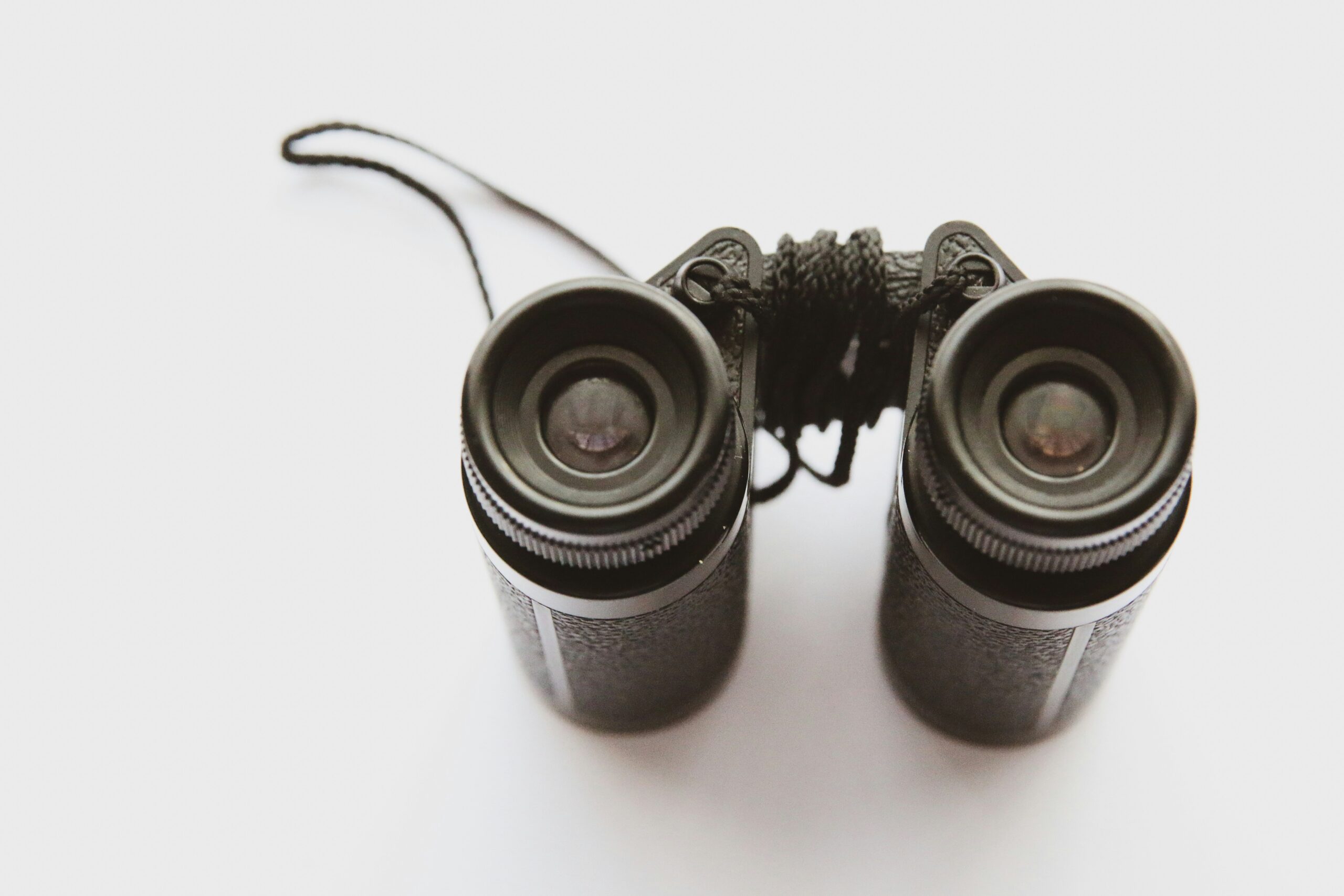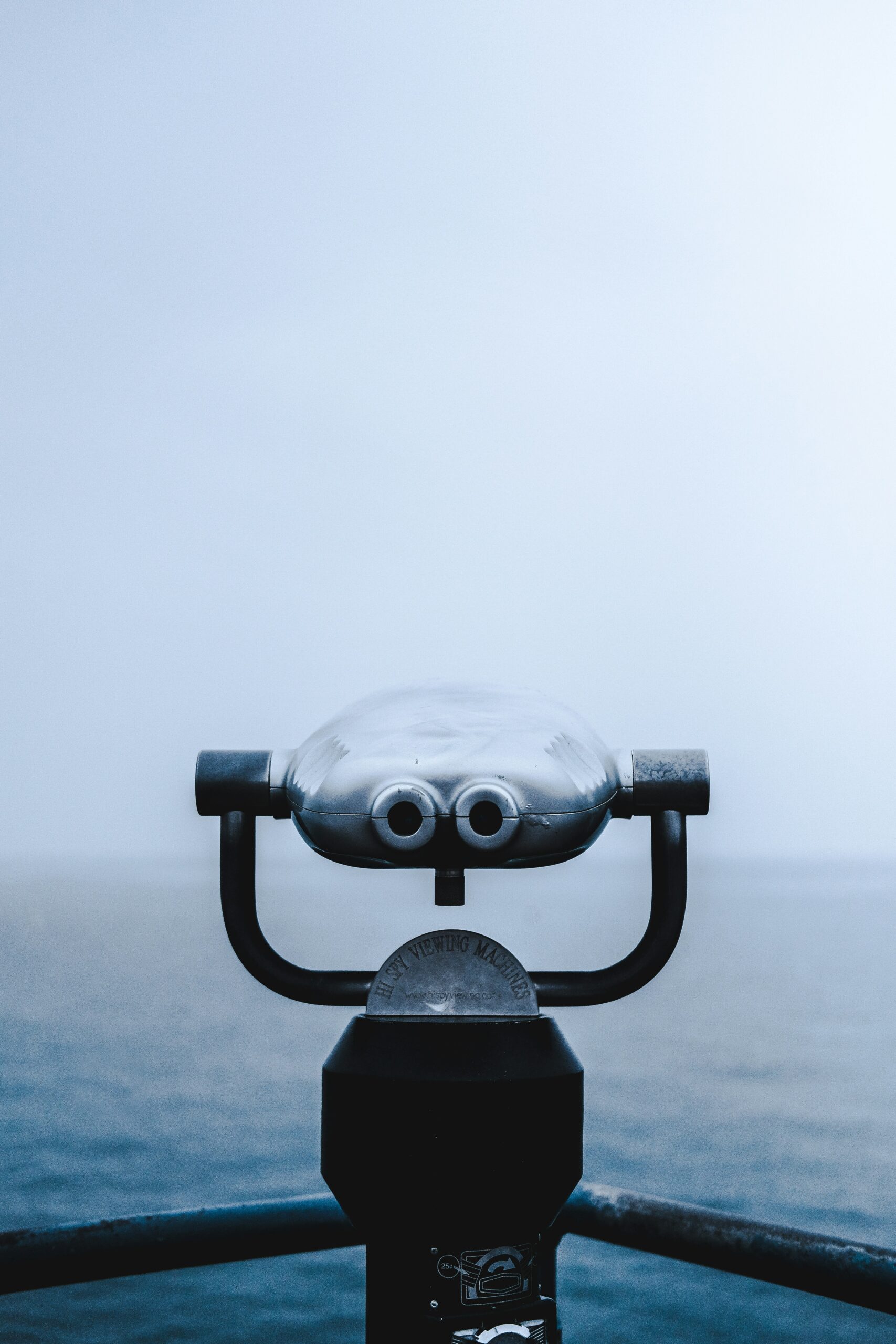Have you ever wondered what makes a pair of birding binoculars truly effective for your next birdwatching adventure? The term “field of view” (FOV) is frequently mentioned when discussing binoculars, yet it sometimes gets overlooked amidst other specifications. However, understanding the FOV could significantly enhance your birding experience by helping you choose the right equipment. This article aims to demystify the field of view and explain its importance in birding binoculars.

What Is the Field of View?
The field of view in optics, especially concerning binoculars, refers to the extent of the observable world seen at any given moment through the lenses. In simpler terms, it’s how wide you can see when looking through the binoculars, usually measured in degrees or feet.
Field of View in Degrees
The FOV in degrees indicates the angular extent of the observable area. It’s a fascinating concept because it deals with how wide the circle is that you can see. For instance, a binocular with a 7-degree field of view will show a wider scene compared to one with a 5-degree FOV.
Field of View in Feet
When translated into feet, the field of view describes how wide the scene is at a distance of 1,000 yards from where you stand. A larger FOV means you can see a wider portion of the area, aiding in spotting and tracking birds. Imagine being able to cover more area without moving your binoculars; this is why FOV is critical.
Types of Field of View: Wide vs. Narrow
The field of view can be broadly categorized into wide and narrow FOV. Each has its strengths and limitations.
Wide Field of View
A wide field of view is particularly beneficial for beginners and those looking to observe flocks of birds or fast-moving species. The ability to see more of the landscape without needing to adjust your binoculars constantly can be incredibly helpful. However, a wide FOV might sometimes mean sacrificing some magnification power, leading to less detail on distant birds.
Pros:
- Easier to locate birds in dense foliage or when flying.
- Provides a broader context of the surrounding environment.
Cons:
- Potential loss of detail due to reduced magnification.
Narrow Field of View
A narrow field of view focuses more on precision and magnification. These are usually preferred by experienced birdwatchers who want to observe specific details of a bird at longer distances.
Pros:
- High magnification power results in detailed views.
- Ideal for distant birdwatching.
Cons:
- Limited view, which can make tracking fast-moving subjects challenging.
How Field of View Impacts Birding
Spotting Birds
A prominent impact of the FOV in birding is your ability to spot birds quickly. A wide FOV allows you to see more of the area around you, making it easier to notice movement and locate birds rapidly. When birds take flight, the wider FOV enables you to track them without losing sight of them.
Tracking Movement
For birds that are constantly on the move, maintaining visual contact is vital. A broad FOV aids in this by allowing more of the landscape to remain in your view, making it less likely that you’ll lose the bird from sight as it swoops and soars.
Observation Comfort
Comfort during prolonged observation is another essential aspect. A wide FOV reduces the need for constant binocular adjustments, allowing for more comfortable viewing sessions without the constant strain of moving your head or eyes to follow the action.
Factors Affecting Field of View
While several factors influence a binocular’s FOV, here are the main considerations:
Magnification
Generally, there is an inverse relationship between magnification and FOV. As magnification increases, FOV tends to decrease. Choosing the right balance depends on your specific birdwatching needs, balancing between seeing details and covering more significant areas.
Objective Lens Diameter
Larger objective lenses can yield a wider FOV, but they might also add weight to the binoculars. Finding an optimal size that offers a good FOV while remaining portable and easy to handle is crucial.
Optical Design
Different designs and technologies in optics can influence FOV. Some advanced prism designs and high-quality lens coatings can offer wider FOVs without sacrificing much detail.

Selecting Binoculars Based on FOV
If maximizing your field of view is a priority, you’ll want to consider several factors when selecting birding binoculars:
Rank Your Needs
List and prioritize your needs. Is seeing the intricate details of a bird more important, or do you value the ability to observe vast areas more? Your priority will guide your choice.
Test Different Models
While specifications give a general idea, testing different models can provide a more comprehensive understanding. Visit stores that allow you to test varying binocular distances to find what works best for your eyes.
Opt for Versatile Options
Some binoculars offer versatile features, allowing you to adjust settings to switch between broader and more focused views. Though potentially more expensive, the versatility can enhance your birding experience.
Other Considerations Beyond Field of View
While the FOV is crucial for birdwatching, several other factors also play into selecting the optimal binoculars.
Eye Relief
This term refers to the distance your eyes can be from the eyepiece while still seeing the full field of view. It’s a vital consideration for glasses wearers, allowing them to use binoculars comfortably without removing their eyewear.
Weight and Size
Compact binoculars might have smaller FOVs but can be more convenient to carry around, especially during long birding treks. Strike a balance between comfort and capability for the best experience.
Image Quality
Resolution, color accuracy, and brightness contribute significantly to image quality. High-quality optics might cost more but offer clearer, vibrant images, thus enriching your birding sessions.

Conclusion
Understanding the field of view and its influences can transform your birding adventures, making you more adept at spotting and tracking birds efficiently. Choosing binoculars with the right FOV allows you to enjoy a seamless and enriching birdwatching experience. Remember to weigh all your needs, including weight, size, and price, against the FOV to find a pair of binoculars that will serve you well in your birding endeavors.
